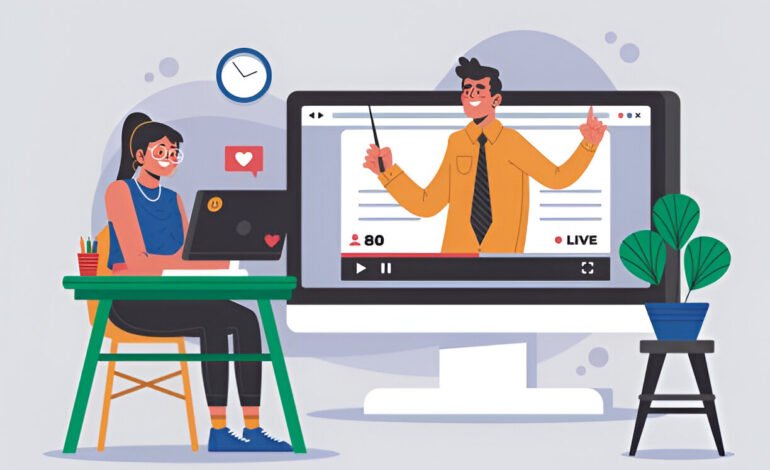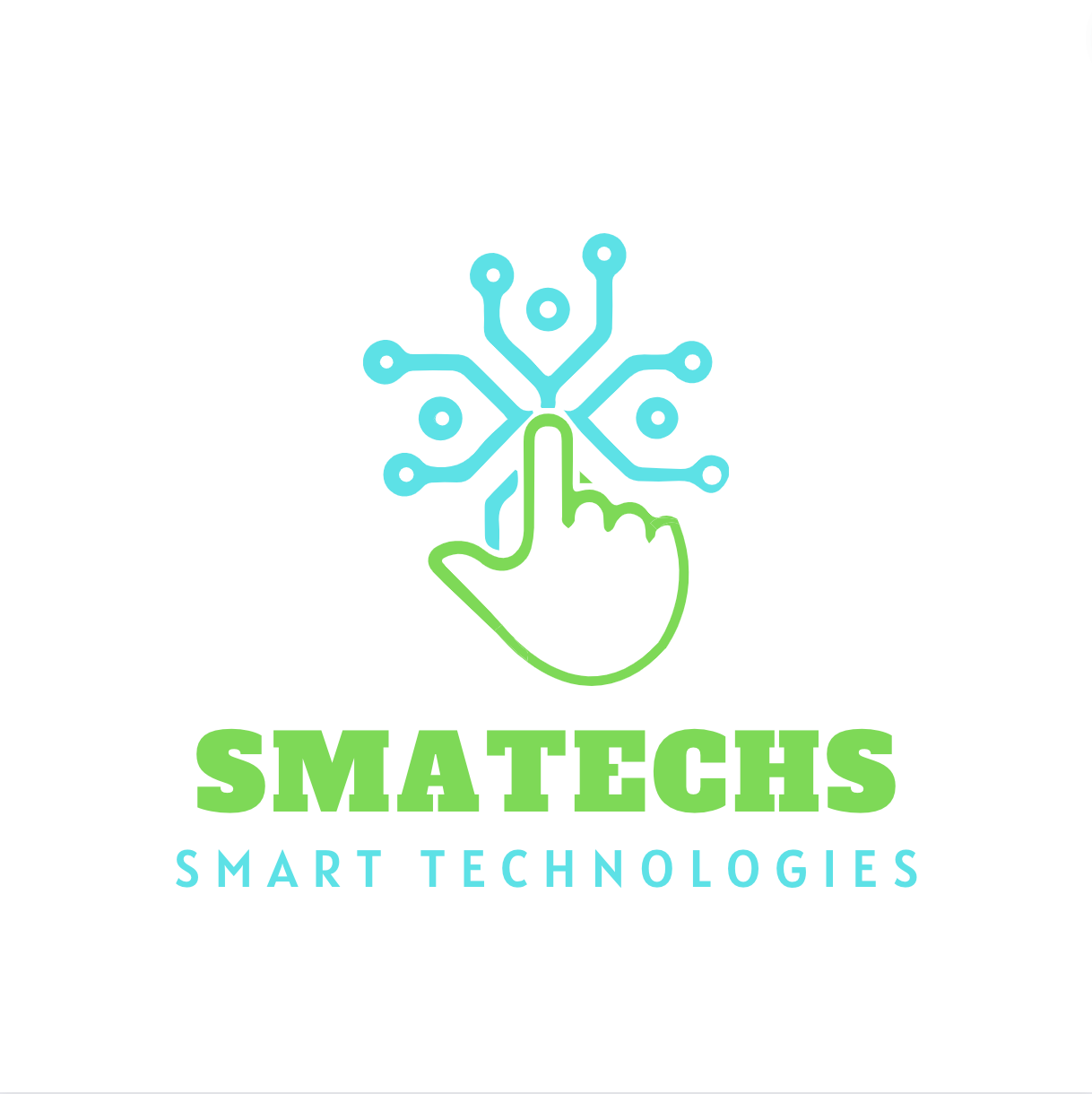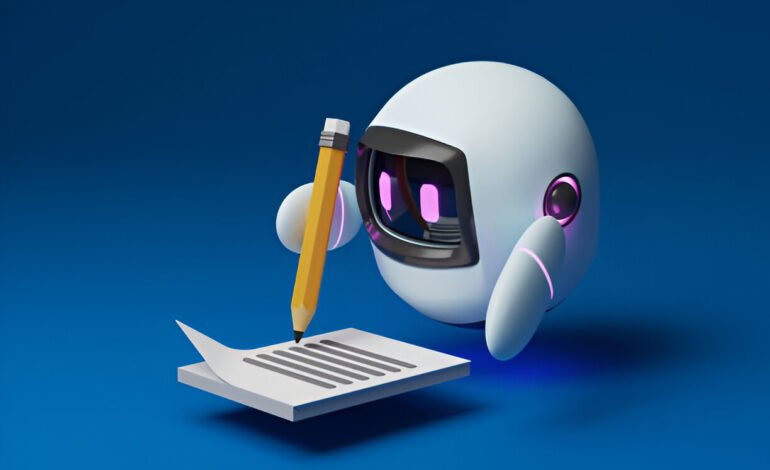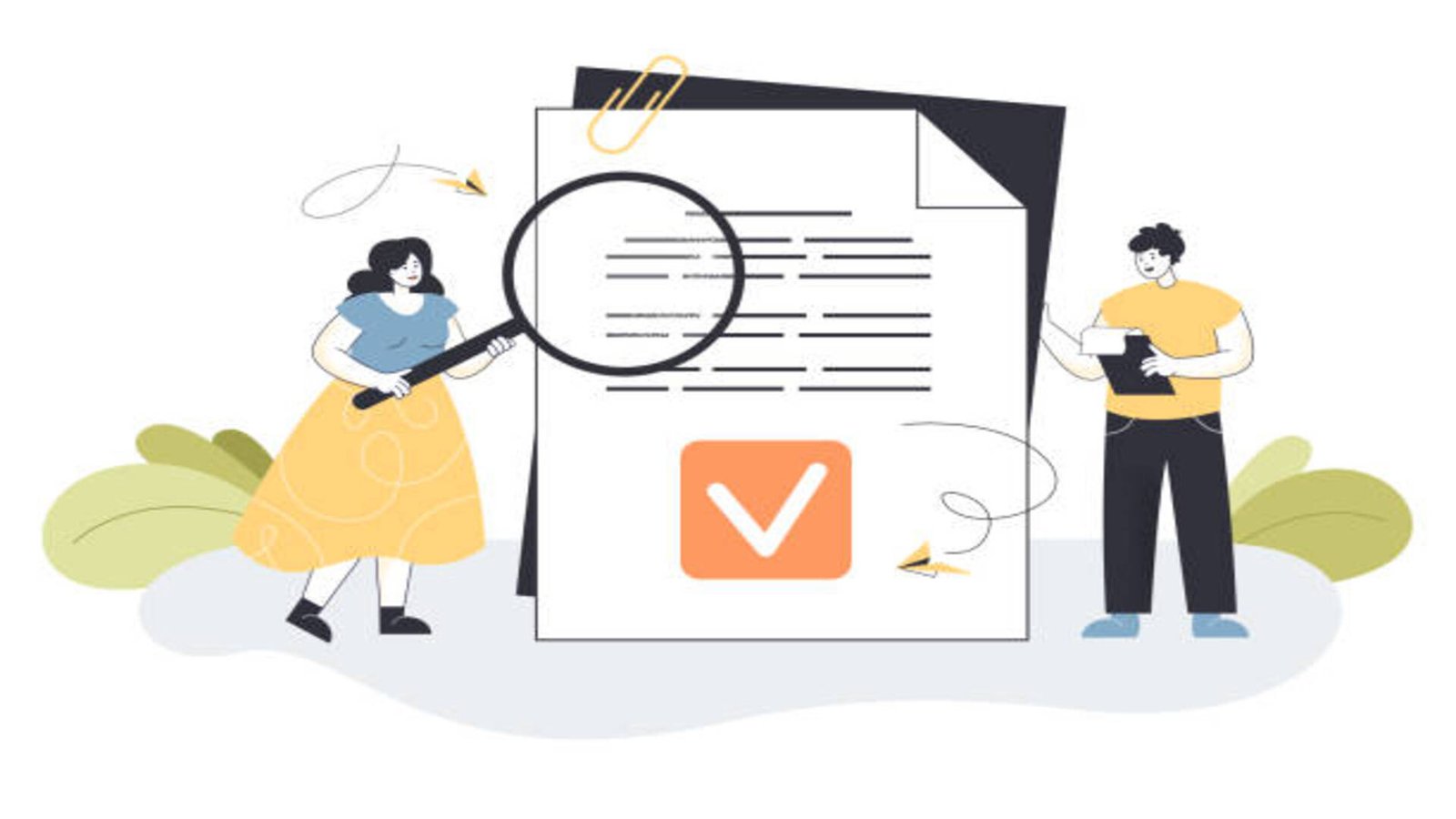
How Technology Has Changed the Way Students Learn Today
Recent years have upgraded almost all facets of human life, be it entertainment, communication, or education. In modern times, the students can learn in totally different ways compared to the earlier generation of students. How technology has reshaped learning by making education accessible, personalized, and interactive is what this article will look at.

1. The Shift to Digital Classrooms
Perhaps the most significant change that technology has brought into education is a change in the operation of the classroom; the classrooms went from being traditional to digital. As the digital tools increased, the students could now get access to educational materials online, attend virtual classes, and communicate with teachers and other students around the globe. This flexibility introduced by learning breaks all sorts of geographical barriers.
Advantages of Digital Classrooms
Other advantages associated with digital classrooms include flexibility, cost-effectiveness, and allowance for diverse learning styles. For instance, students who have had some difficulties studying in a traditional classroom environment may find their best circumstances met in a digital setting where they can learn at their own comfort and pace.
2. Personalized Learning Experiences
Technology has also now provided the ability for personalized learning, whereby students can learn in their own environment and at a comfortable pace, pointing to areas where they feel they need more help. This approach involves algorithms that monitor the strengths and weaknesses of a student while offering relevant content that meets each of their needs.
How Personalized Learning Works
This often includes the incorporation of educational software that tracks a student’s performance and adjusts the difficulty level of the material covered. In that manner, no student will lag behind, and all will reach full potential.
3. Gamification-Based Interactive Learning
Another way technology has reimagined education is through the process of gamification. Educators build learning around game-like qualities that make lessons more appealing and interactive. Points, badges, and leaderboards morph participation and task completion into motivation.
Play for Change: The Power of Play in Education
Gamification taps into the natural human desire for competition and achievement. It turns learning into a fun and rewarding experience, which can lead to better retention and understanding of the material.
4. Use of Artificial Intelligence in Education
Artificial intelligence is gaining much momentum in education. The AI-powered tool automates administrative tasks, offers personalized tutoring, and even grades assignments. This way, the teacher can be more focused on teaching rather than doing paperwork.
Artificial Intelligence as a Tutor
AI tutors can instantly provide feedback to students regarding their performance, thus they can fix the mistakes as soon as they commit them. In such a way, the learning process would be much more effective and the complex ideas of physics would be easier to apprehend.
5. Online Resources and e-Libraries
Gone are the days when students had to visit a physical library to find information. Today, online resources and e-libraries provide access to a vast amount of information at the click of a button. These resources are available 24/7, making it easier for students to conduct research and complete assignments.
Advantages of e-Libraries
E-Libraries can provide access to more varied resources than traditional libraries. They may also include multimedia resources, like videos and interactive simulations, that may increase learning.
6. Impact of Social Media on Learning
These social media platforms, including Facebook, Twitter, and LinkedIn, have not only provided a means of socializing but also have opened up new avenues for educational purposes. Students can log into online communities, participate in discussions, and learn from a vast amount of information shared by experts and peers alike.
Social Learning: The New Frontier
Social media enables social learning in the sense that students learn from each other through knowledge and resource sharing. This typically leads to better clarity and retention of information for longer periods of time.
7. Mobile Learning and Apps
Increased adoption of smartphones and tablets has increased the scope of mobile learning. Indeed, the convenience of learning offered on-the-go by educational apps enables students to learn anywhere and techatechpro at any time.
Learning on the Go- convenience
Mobile applications create convenience for students to try to work in time to learn into their busy schedule. Whether it be commuting on a bus, waiting in line, or having lunch, students are able to get on mobile apps and continue learning.
8. Problems of Technology in Education
Technology has been one of the positive disruptors in education, yet it holds several disadvantages. Some of the issues that concern people as far as technology is involved are the digital divide, screen time, and distraction. Teachers and parents are highly concerned about these issues.
Closing the Digital Gap
Not all students possess equal opportunities when it comes to technology. This, therefore, brings about more inequality in education. Policymakers need to take actions that would ensure students are provided with resources that promote their success.





